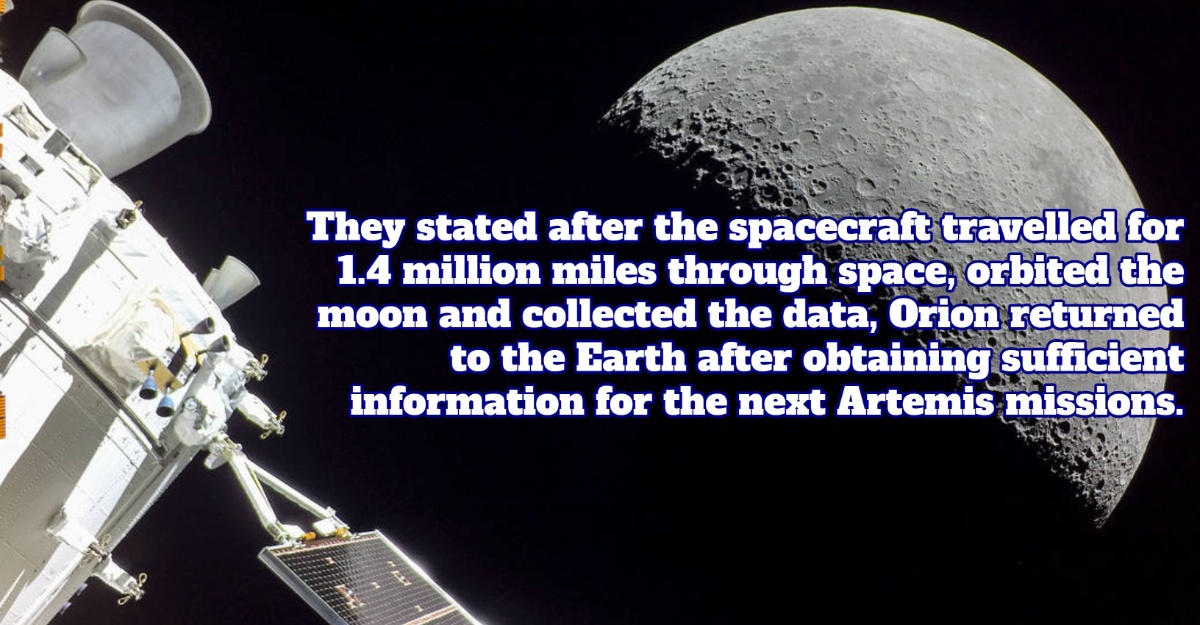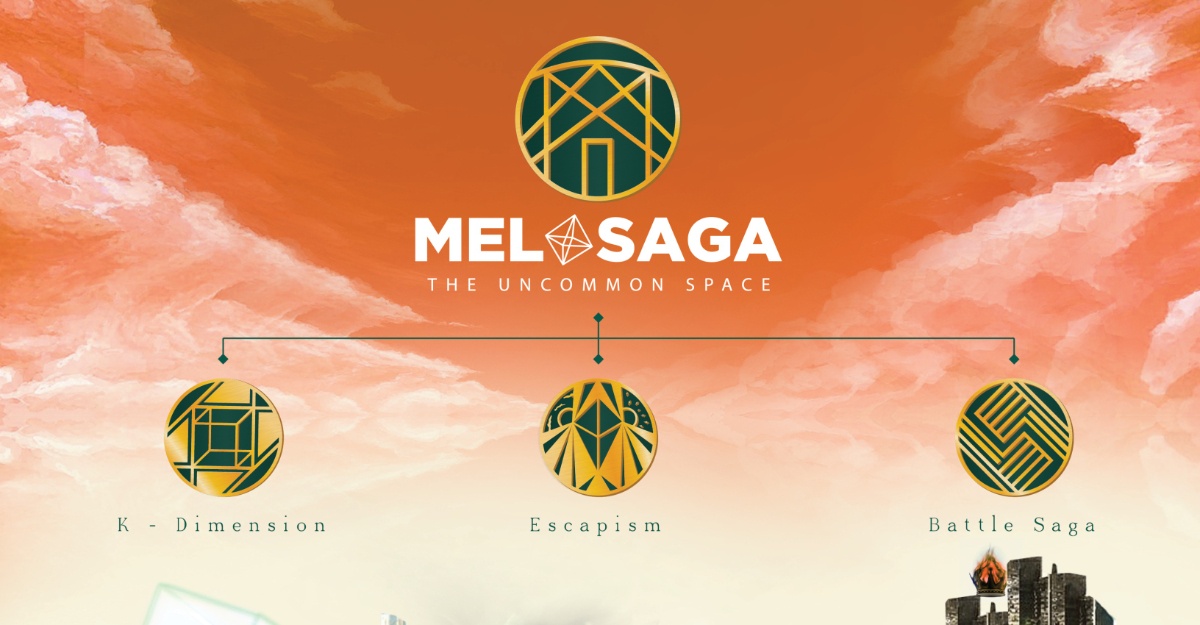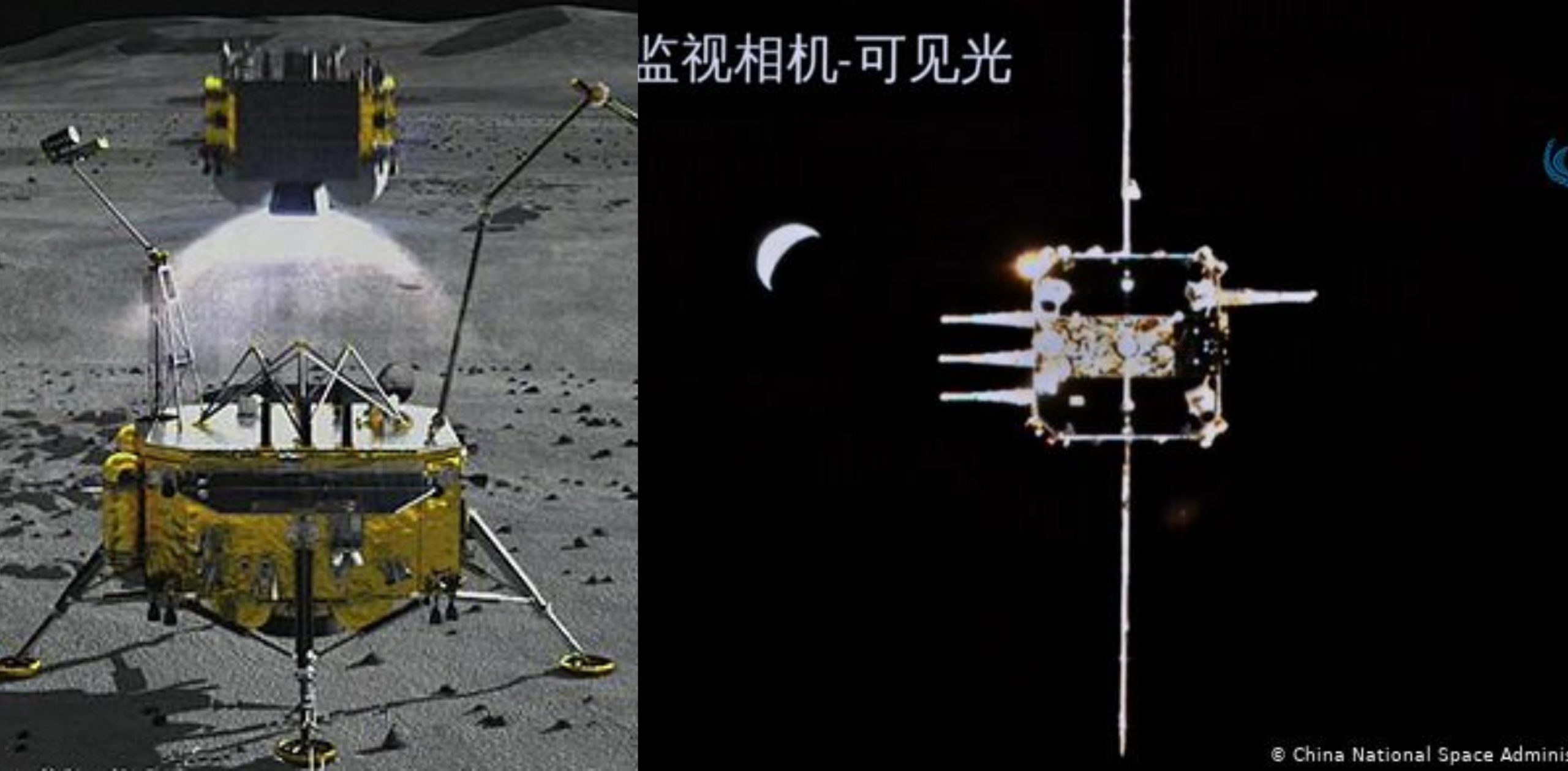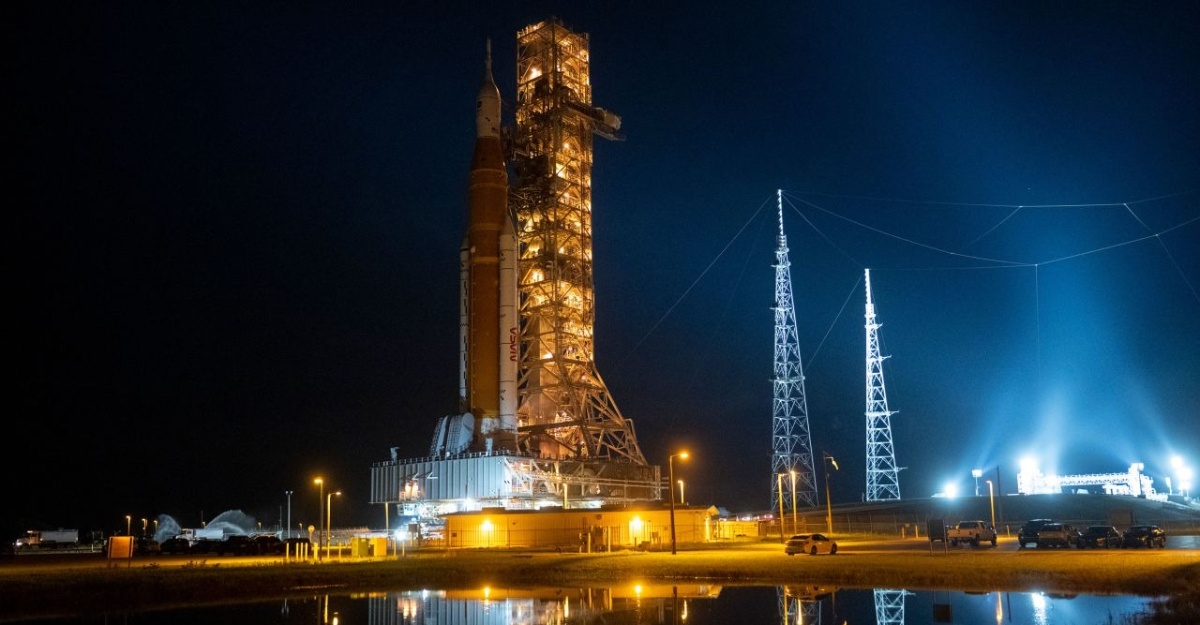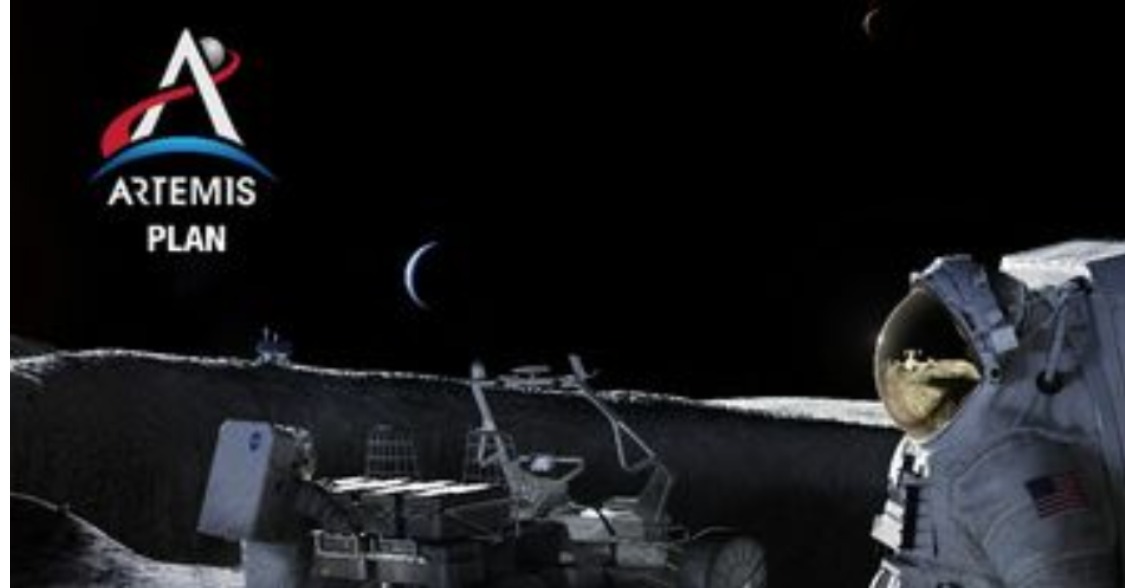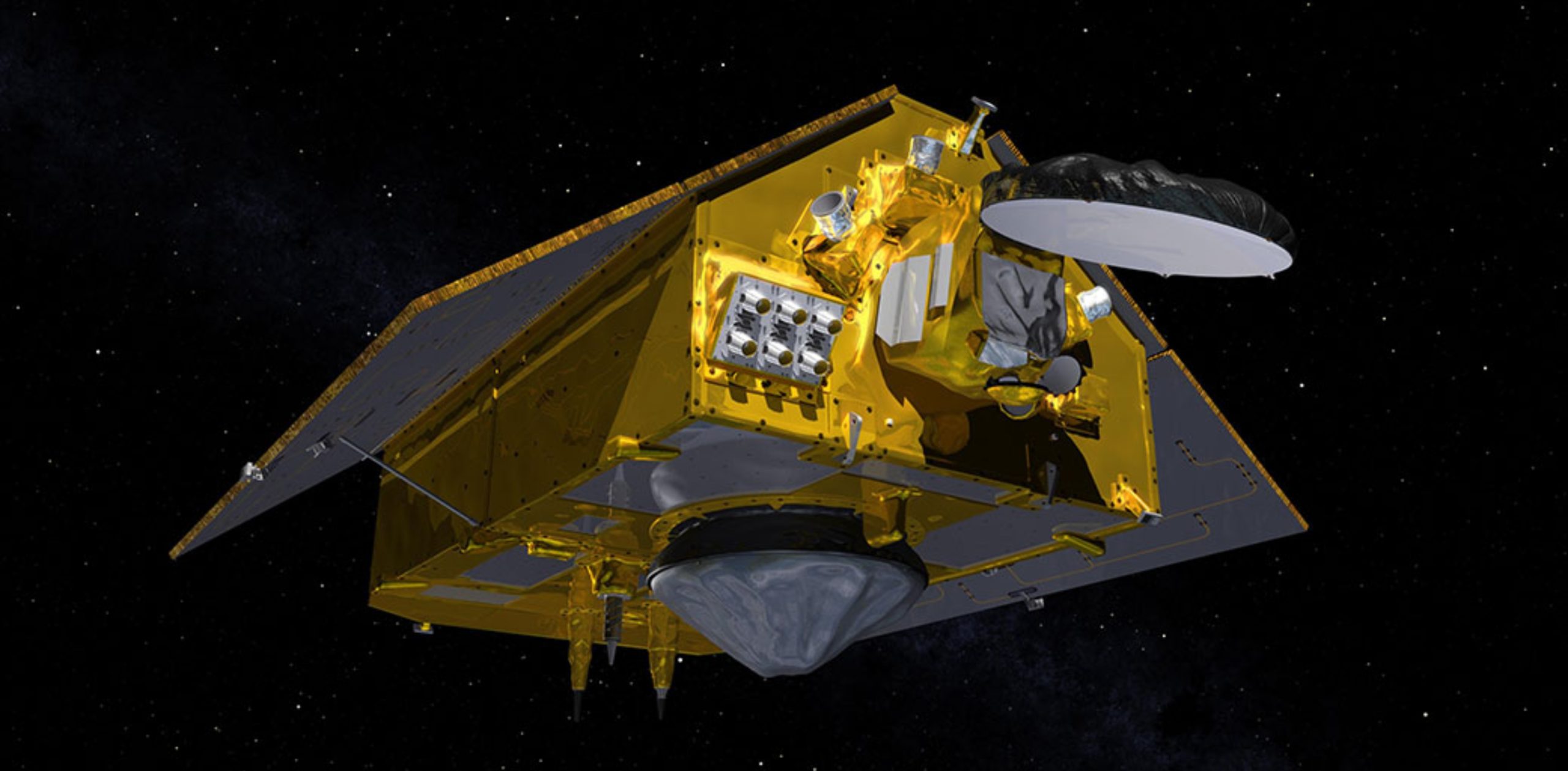Great news for all space lovers! NASA’s Orion spacecraft, which participated in the Artemis mission, finally landed over the weekend!
NASA shares the exciting news on Twitter with many expectant fans congratulating its successful comeback.
Splashdown.
After traveling 1.4 million miles through space, orbiting the Moon, and collecting data that will prepare us to send astronauts on future #Artemis missions, the @NASA_Orion spacecraft is home. pic.twitter.com/ORxCtGa9v7
— NASA (@NASA) December 11, 2022
They stated after the spacecraft travelled for 1.4 million miles through space, orbited the moon and collected the data, Orion returned to the Earth after obtaining sufficient information for the next Artemis missions. It was for the future astronauts that would embark on a journey for the Artemis exploration afterwards.
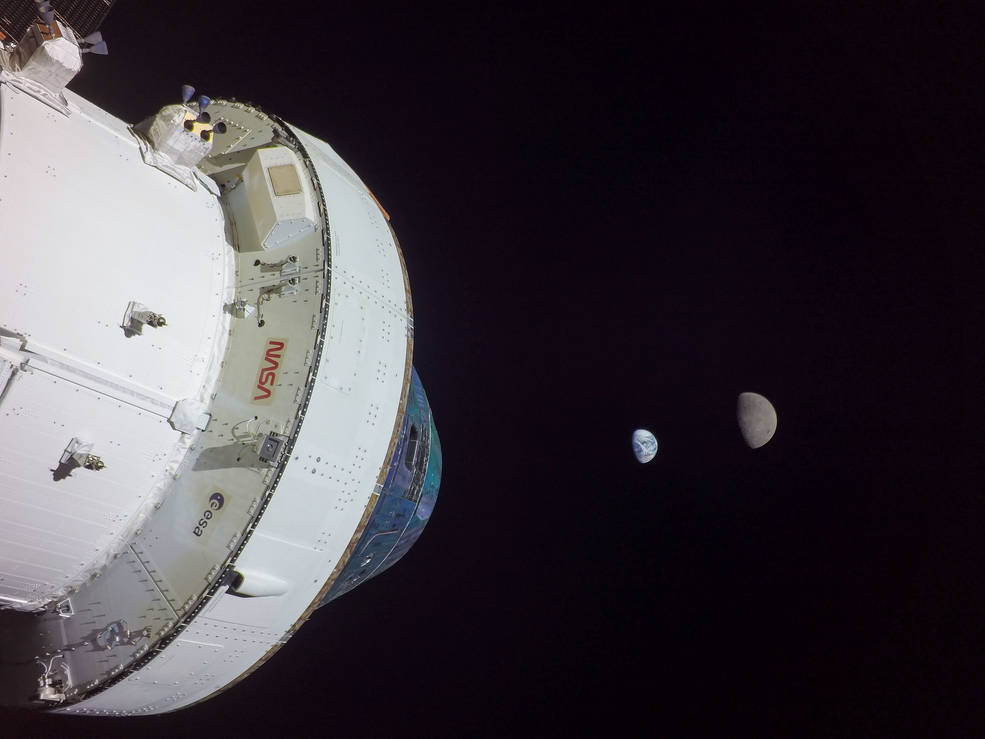
Orion speeds about 24,500 mph back to the Earth!
The capsule reached the speed of 24,500 mph as it returned. Additionally, the heat shield sustained temperatures of around 5,000 degrees Fahrenheit (2760°C). And interestingly, the spacecraft travelled through space in 25.5 days!
As soon the capsule enters the Earth’s atmosphere, it performs a skip entry manoeuvre. It’s when Orion dipped into the Earth’s upper atmosphere and lifted out before entering again. This move helps the spacecraft to land in the splashdown location. How cool!
And did you know? NASA’s Orion is the first spacecraft that carries humans!
NASA’s upcoming Artemis missions will resume shortly
After the success of the first mission, the data is useful for the upcoming Artemis missions.
The second mission is expected to be conducted in 2024 when NASA will send a group of astronauts around the Moon. While in early 2026, humans will go to the moon’s surface.
We’re excited to see NASA’s Orion’s upcoming journey to space! Where will they take us next?
Sources: Twitter NASA, The Verge, Website NASA

